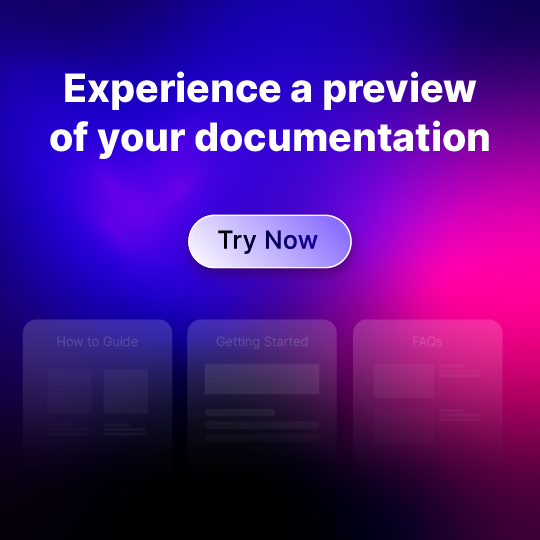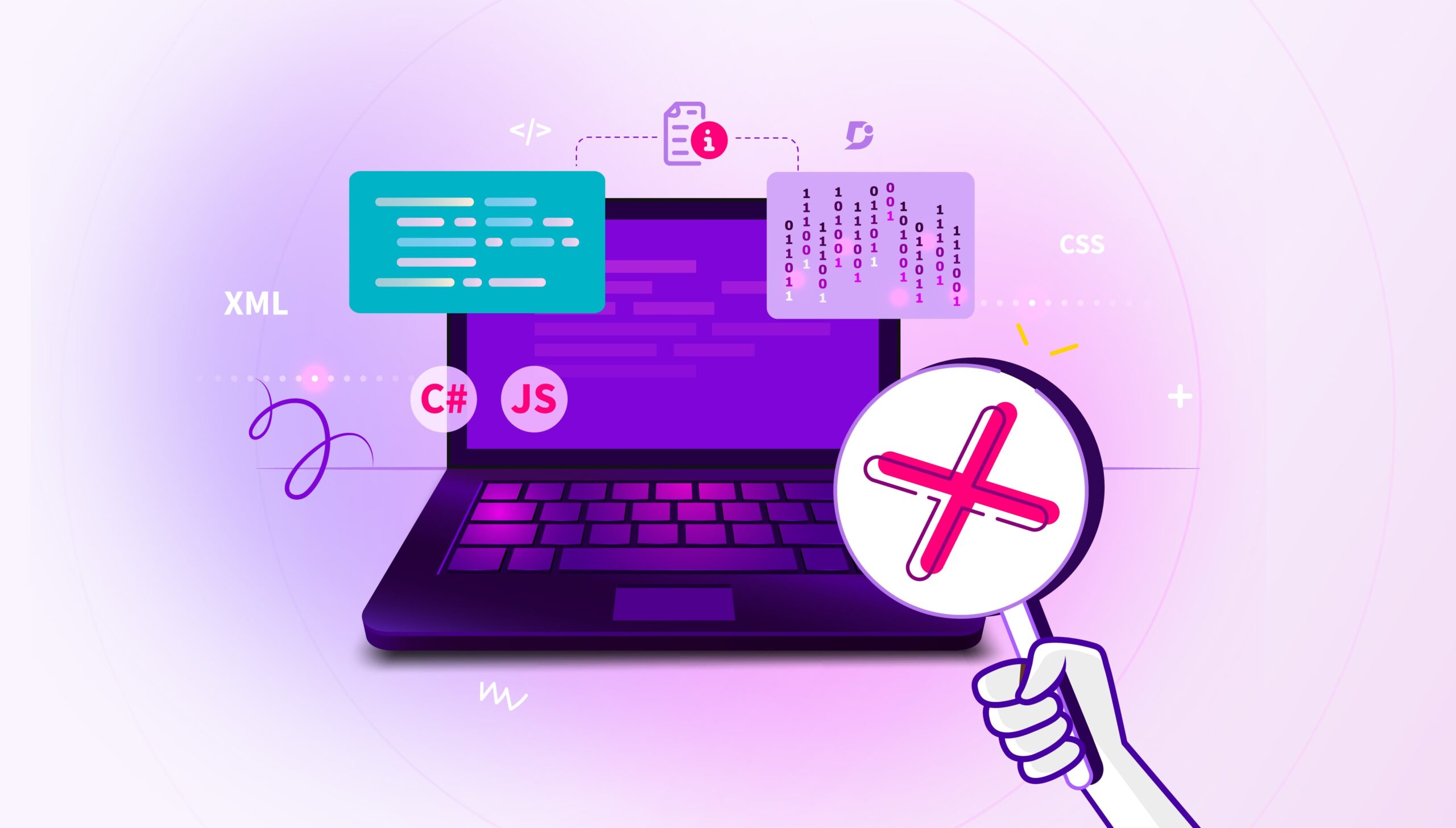In this digital world, most software applications are delivered through the SaaS model whereby the applications are accessed via a web browser rather than a desktop client. Customers interact with the SaaS application through a front end and undertake value-added activities. The Application Programming Interface (API) helps a company to unlock the full potential of its software suites. The public APIs help the company to integrate its software with other software tools that your customer might use for other purposes. These API-based integrations build a trust factor with your customers that your software application can help them with data exchange with other applications.
The public APIs also help customers automate many mundane tasks in their applications. Once software applications are bought, customers build a lot of business processes around them to undertake value-added activities. These mundane tasks can be automated easily using an API. There are third-party workflow automation tools such as Zapier, Make, Workato, and so on that can be used to automate day-to-day repetitive activities.
The company’s public APIs also help with the expansion of software services. The company’s business partners would be interested in expanding product capabilities using your company’s APIs. The public APIs come without bells and whistles offering a vanilla flavour that provides a plethora of opportunities for business partners to build new things. This also means that the whole ecosystem can be built around public APIs. The ecosystem strives for new functionalities of your public APIs thus setting the stage for continuous product innovation.
Top six key considerations while launching public API
Building a public APIs is a strategic investment for a company. The company shall continue to invest to increase the popularity of its APIs, provide a detailed documentation and enhances usability over time. The below are key things to consider.
Understanding developer needs
Understanding developer needs is a rudimentary activity to kickstart the development of a public API. The APIs should be versatile to developer requirements and offer a rich set of data exchanges. The APIs should be developer friendly and must be very easy to use. The other basic things for developers are.
-
Solid API documentation
The public APIs shall be supported with API documentation that helps developers understand the structure of the APIs and explore its documentation on input and responses.
-
Try-it-out functionality.
Alongside the API documentation, the company shall provide some “Try-it” functionalities such that developers can try out the APIs by changing various parameters and being able to see the responses. This helps developers to build familiarity with the APIs and understand their functionality.
-
Code samples
Providing code samples in popular programming languages helps developers copy a code sample and integrate them in their software applications quickly. This helps with minimizing the “Time to Value” business metric.
Building an ecosystem around your product
Building an ecosystem around your software suites is essential to maximize the value delivery and more importantly for the survival of the software application from emerging competitor threats. Ecosystem helps your company to appeal to a wide network of business partners who are willing to build apps utilizing your company’s public APIs. This makes the ecosystem grow and customers’ ability to extend your software application for other business needs. The ecosystem involves either building a marketplace or offering connectors. Companies such as WordPress, Shopify, Freshworks, and so on build a good ecosystem around their products by making their company’s API public.
Security
While building public APIs, the security aspect of an API is paramount. The APIs shall be accessed via secured HTTP protocol and offer enterprise-grade security for API authentication. In addition to this, the company should have a secure way of helping developer to get API authentical tokens. The company’s public APIs should comply with industry security standards and adopt best practices to win the developer’s trust. The more investment is being made into API security; the developers’ trust will grow as it mitigate emerging cyber security threats.
API usage
The public APIs should have rate limits depending on the subscription plan to ensure that developers interact with APIs at a specified limit. The company should also have a good fair usage policy to ensure that some developers are not sending too many requests to the API servers which harms everyone! Technical customer support should be available for developers to help with troubleshooting any API-related issues. This shows how much a company is invested in making its public APIs successful.
Developer portal
A developer portal can be set up if the company wishes to scale its APIs offering. A developer portal provides a holistic view to help developers access API documentation, try-out APIs, interact with other developers, understand business use cases, promote customer success stories, get technical help, and much more. A developer portal can also be a test bench for the release of new APIs. Mock servers can be set up to emulate the real-time environment in which developers can try out new APIs and explore new functionalities.
Continuous innovation
Without innovation, growth stalls. The company shall invest in upgrading existing APIs and offering new APIs as part of its product innovation. This means releasing new API versions periodically and deprecating old versions over time. This ensures that your software application is aligned with customer behaviours and technology trends. Many companies have moved to offer GraphQL as part of their API offering which helps developers to get more data in one API call rather than making multiple API calls in the old paradigm. Adopting new technology in offering APIs reduces development time thus enabling business partners to be more agile toward change.
Also Read: 6 Best API Documentation Tools for 2023
Steps to launch a new public APIs
- Once the key considerations are addressed, the below are the simple steps to launch a public API.
- Ensure that API documentation site is available with “Try-it” features and code samples.
- Announce the new API via product release notes and notify existing customers through the software application.
- Promote the new APIs through your business partners and other social media channels.
- Release your APIs in a prominent developer conference and get developers excited about new use cases.
- Publish customer success stories in your company’s website to show how new APIs have created successful business outcomes.
Read more: What is Open API ? Advantages, Disadvantages & Examples
Wrapping Up
It is a very important milestone for a company as it releases public APIs for the suite of software applications. This promotes business partners with product integrations. The solution integrators can also make use of public APIs to build a technology stack to their client’s requirements. The company’s public APIs also help to flourish rich ecosystems. Developer communities thrive on ecosystem builders to build new things and offer new services. To sustain the developers’ interest in your company’s API, continuous innovation into API is essential. Thus, opening the API makes the company a prominent player in their market segment.
Also, check out our blog on API documentation checklist





 –
– 

